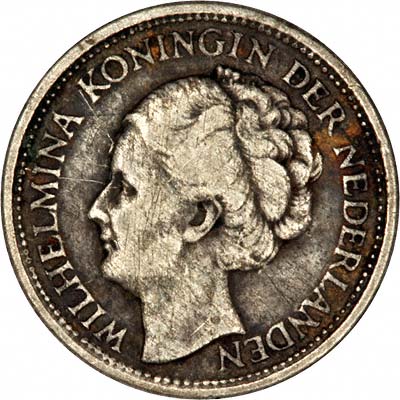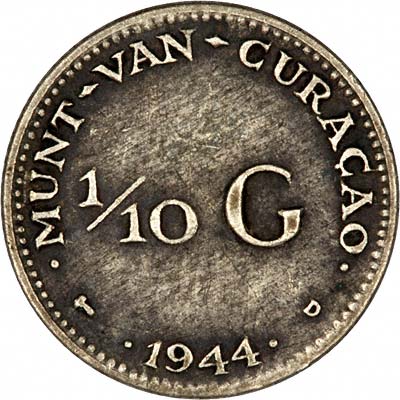| The Very Highest Quality Information... |
| Curaçao and Curaçaoan Coins |
|
| ||||||||||||||||||||||||||||||||||||

| ||||||||||||||||||||||||||||||||||||
|
| ||||||||||||||||||||||||||||||||||||

| ||||||||||||||||||||||||||||||||||||
|
| ||||||||||||||||||||||||||||||||||||
Early History
Curaçao is said to have got its name from the Portuguese word for 'cured', due to Portuguese sailors who visited the island in the 16th Century and were cured of their scurvy when they ate fresh fruit that gave them the Vitamin C that had been lacking in their shipboard diet.
The island was populated by Arawak Amerindians at the time of its discovery by Europeans, but the Spanish depopulated it soon afterwards by raiding it for slaves. Neither the Spanish nor the Portuguese showed much interest in settling the island however, due it its comparative lack of resources.
Dutch Colonisation
Curaçao had one key advantage however, in that it had a good natural harbour, making it a natural location for a trading post. The Dutch arrived to set up a colony there in 1634, founding the town now known as Willemstad, which later became the capital of Curaçao.
Curaçao was a centre for the transatlantic slave trade, and as a result, had a large population of slaves, working on plantations in the area as well as in transit to other places. In 1795, a major slave rebellion broke out which was crushed with extreme brutality.
Curaçao was captured by the British during the Napoleonic Wars, only to be returned following the conclusion of hostilities.
Slavery was finally abolished in Curaçao in 1863.
Curaçao enjoyed an oil boom during the 20th Century as a result of oil being discovered there in 1914. Later, Curaçao developed a successful tourist industry and as the result of a thriving economy, immigrants from the Netherlands and surrounding islands moved in to take advantage of the opportunities available there.
In 1954, Curaçao, as part of the Netherlands Antilles, gained self-governing status within the Kingdom of the Netherlands. In 2010, The Netherlands Antilles was dissolved, and Curaçao became its own nation within the Kingdom of the Netherlands. Curaçao remains a Dutch territory to this day.
Curaçaoan Coins
The first currency used regularly on the island was the Dutch Guilder, divided into 20 Stuiver, with an issue in 1794 specific to the Dutch Colonies in the West Indies. In 1799, the Guilder was supplanted by the Reaal, each of 6 Stuiver (or 3.5 Reaal to the Guilder). In 1828, the Dutch Guilder, now decimalised, was reintroduced to Curaçao and the surrounding Dutch territories. The link with Dutch Currency was broken following the defeat and occupation of the Netherlands by Nazi Germany in 1940. The Netherlands Antilles Guilder has been pegged to the US Dollar, with adjustments, ever since.
The Netherlands Antilles Guilder is due to be replaced in Curaçao with the Caribbean Guilder in 2013.
Coins of the NAG include: 1, 5, 10, 25, 50 cent, 1, 2.5 and 5 guilder.
For Sale and Wanted
If you are interested in coins from Curaçao please see our product index:-
Curaçaoan Coins
Gold Coins
We also have gold coins from Curaçao on our taxfreegold website:-
Curaçaoan Gold Coins
| ...at the Lowest Possible Price |
|
32 - 36 Harrowside, Blackpool, Lancashire, FY4 1RJ, England.
Telephone (44) - (0) 1253 - 343081 ; Fax 408058; E-mail: info@chards.co.uk The URL for our main page is: https://24carat.co.uk |
Web Design by Snoop |